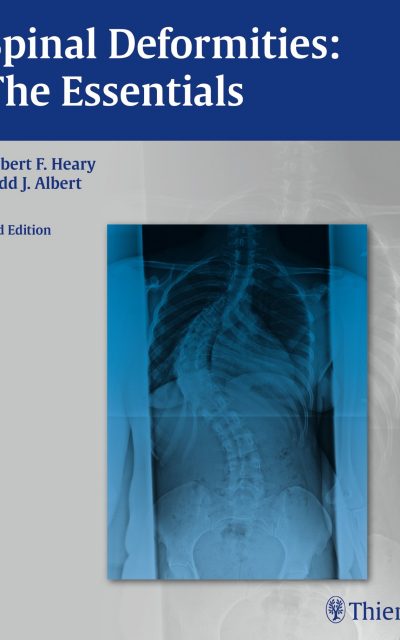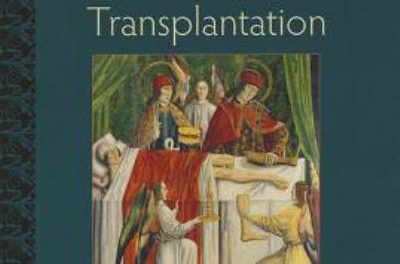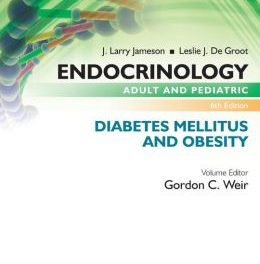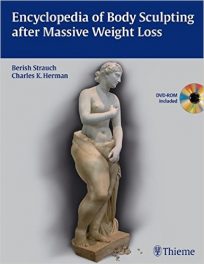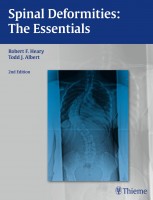 Editors: Robert F. Heary, MD, and Todd J. Albert, MD
Editors: Robert F. Heary, MD, and Todd J. Albert, MD
Publisher: Thieme – 241 pages
Book Review by: Nano Khilnani
This well-illustrated book, written by leading experts in spine surgery, presents to you an overview of present-day key foundational principles on this subject, and the practices followed in diagnosing and treating patients with deformities of the spine. It has been written for orthopedic surgeons, neurosurgeons, residents, and fellows in this medical specialty.
You will find in each chapter a numbered list that provides you the topics that are covered in the chapter. This serves as a quick overview of the contents of each chapter.
Much has been discovered in the science and practice of spine surgery since the first edition of this text was published in 2007. A lot of the new discoveries are covered in this book.
Drs. Heary and Albert write on the importance of providing what is current: “The goal of this project from the start has been to provide updated, state-of-the-art information in a concise way, on the ideal manner to treat patients with spinal deformity. The previous edition was published in 2007. Since that time, appreciable changes have occurred in the understanding of the best methods of achieving global spinal; balance.”
They go one to mention two significant changes:
- The importance of sagittal balance
- The appreciation of how sacropelvic parameters can be utilized to improve long-term outcomes
Sixty-seven orthopedic and spine surgeons, neurosurgeons, physicians in specialties relating to the spine, educators and researchers from all over the United States were contributors to this volume as authors of its 27 chapters we list below:
- The History and Overview of Spinal Deformity
- Measuring Value in Spinal Deformity Care
- Intraoperative Neuro-monitoring in Spinal Deformity Surgery
- Anatomy and Evaluation of Spinal Alignment
- Anatomical Variants with Spinal Deformity
- The Importance of Sacrum and Pelvis in Deformity Evaluation and Treatment
- The Lenke Classification System for Adolescent Idiopathic Scoliosis
- Principles of Sagittal Plane Deformity
- Principles of Coronal Plane Deformity
- Flexible Versus Fixed Spinal Deformity
- The Natural History of Spinal Deformity
- Congenital Scoliosis
- Early-Onset Scoliosis
- Neuromuscular Scoliosis
- Anterior Surgery for Thoracic Scoliosis
- Posterior Approach in Thoracic Deformity
- Lateral Interbody Fusion Approaches in Spinal Deformity
- Anterior-Posterior Surgery for Spinal Deformity
- Minimally Invasive Surgery for Adult Spinal Deformities
- Scheuermann Kyphosis
- Technological Advances in Spinal Deformity Surgery
- Surgery for Adult Spinal Deformity
- Osteotomies and Vertical Column Resections for Complex Spinal Deformities
- Adult Spinal Deformity Revision Surgery
- Surgical Treatment of Spondylolisthesis
- Prevention and Treatment of Posttraumatic Deformity of the Thoracolumbar Spine
- Bracing and Nonoperative Treatment of Spinal Deformity
What are the benefits of owning this second edition of the book?
- All chapters cover classification, patient evaluation, radiographic assessment, indication, treatment options, and complications
- Straightforward explanations of the basic as well as the latest advanced modalities and surgical strategies
- Seven of the 27 chapters are new: Measuring Value in Spinal Deformity Care; Intraoperative Neuro-monitoring in Spinal Deformity Surgery; Anatomy and Evaluation of Spinal Alignment; The Importance of Sacrum and Pelvis in Deformity Evaluation and Treatment; Early-Onset Scoliosis; Lateral Interbody Fusion Approaches in Spinal Deformity; Minimally Invasive Surgery for Adult Spinal Deformities
Editors:
Robert F. Heary, MD is Professor in the Department of Neurological Surgery, and Director of Spine Research Laboratory at Rutgers, the State University of New Jersey in Newark, New Jersey.
Todd J. Albert, MD is the Richard H. Rothman Professor and Chairman of the Department of Orthopedics; Professor of Neurosurgery; and Co-Director of the Reconstructive Spine Surgery and the Spine Fellowship Program, all at Thomas Jefferson University and Hospitals in Philadelphia, Pennsylvania. He is also President of The Rothman Institute in Philadelphia, Pennsylvania.

